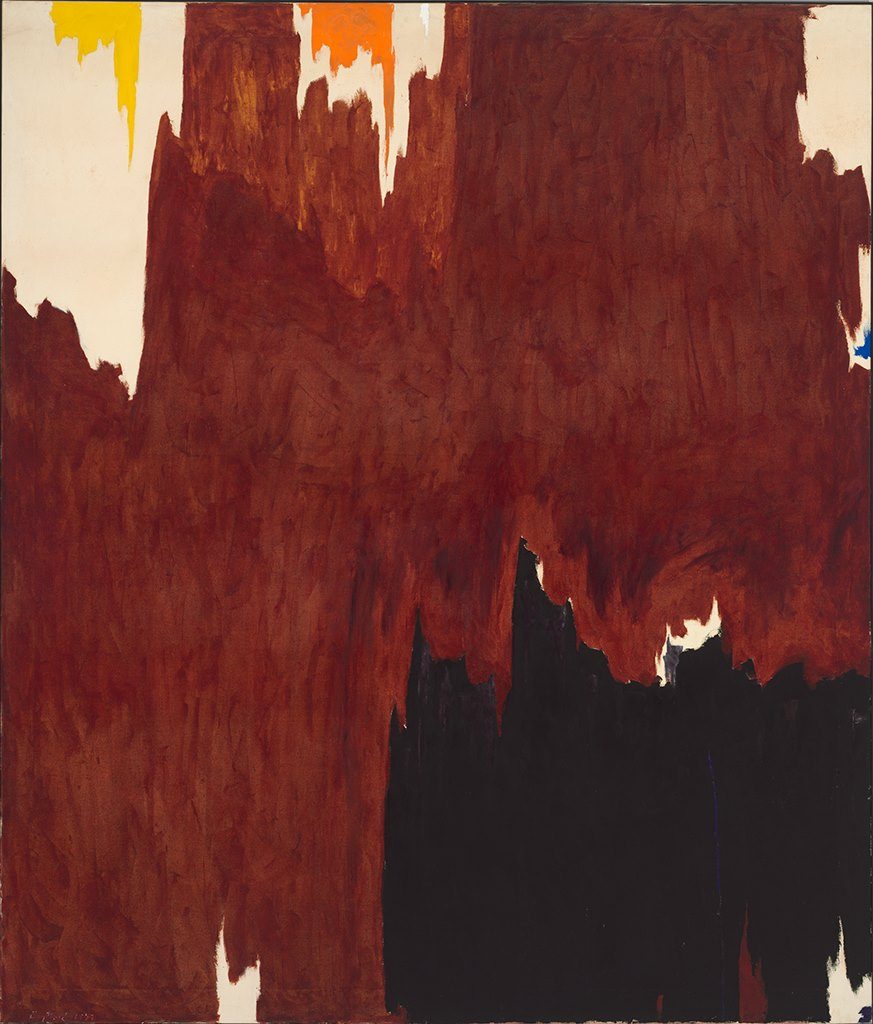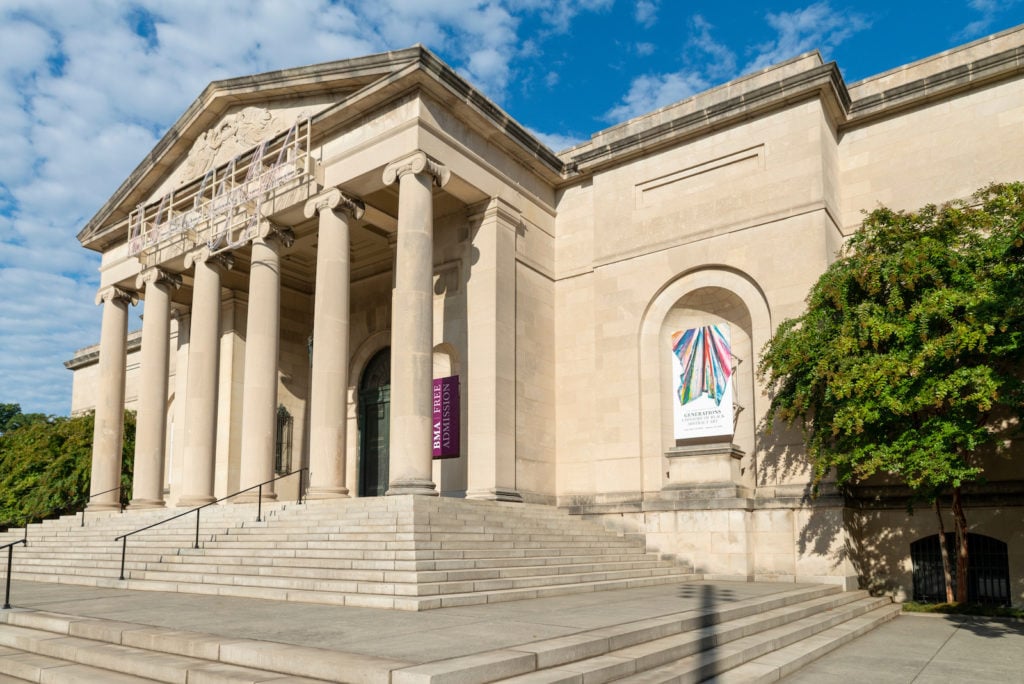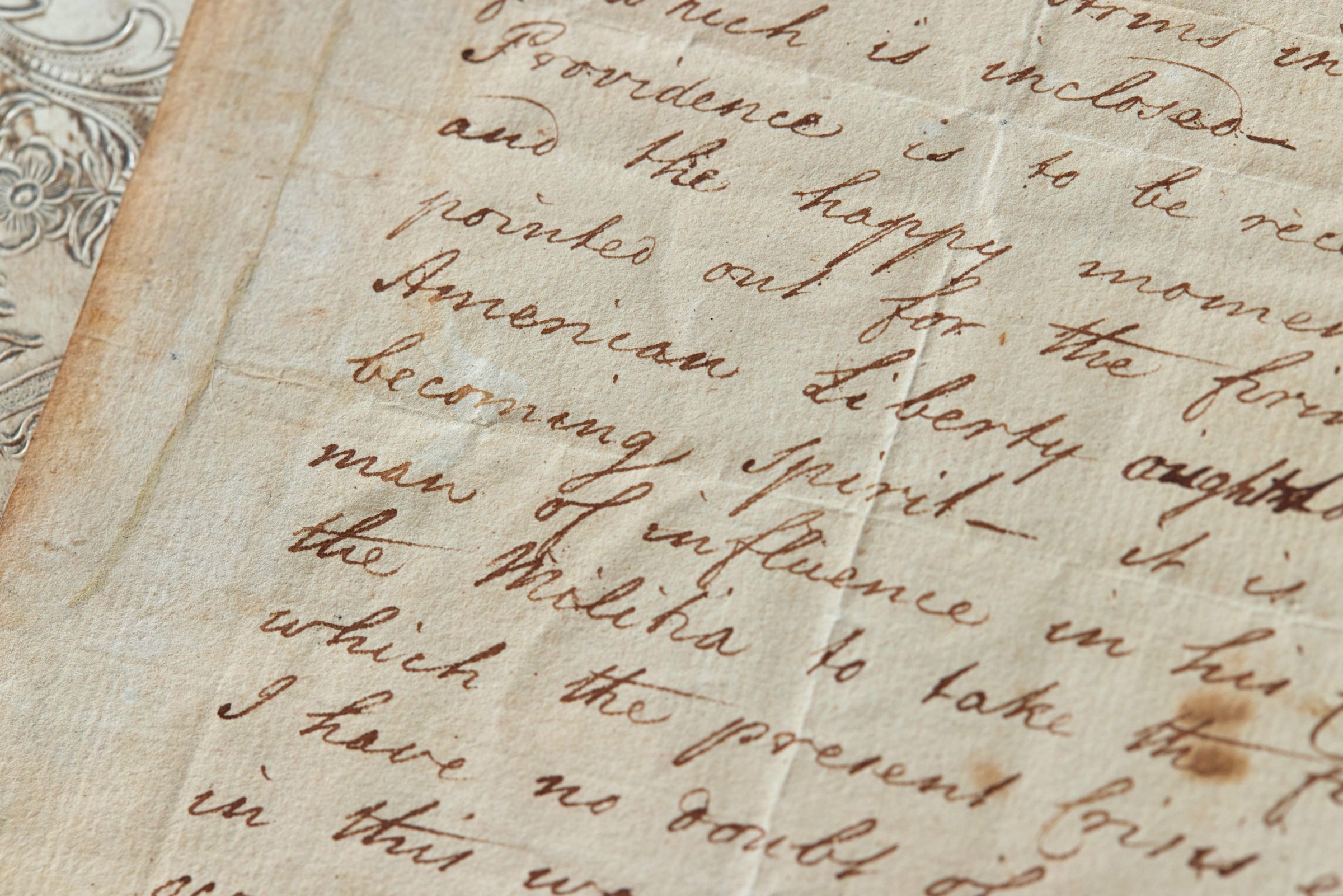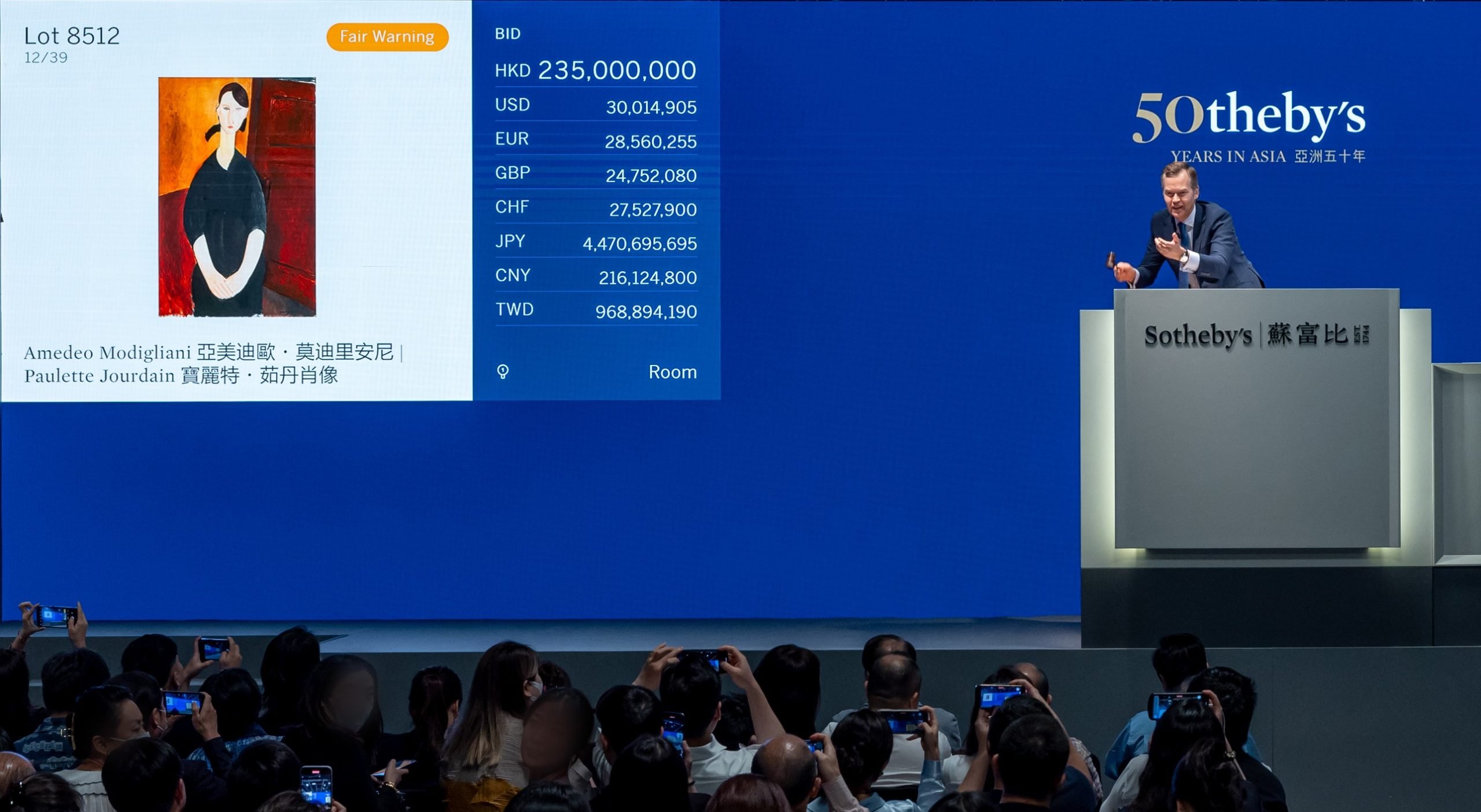Just hours before the Baltimore Museum of Art was about to auction off a group of multimillion-dollar works at Sotheby’s New York, the institution withdrew them from sale.
The decision not to move forward with the offloading of paintings by Clyfford Still and Brice Marden, plus an Andy Warhol canvas through a private sale, follows weeks of controversy, which culminated in an indirect reproach from the Association of Art Museum Directors, which oversees institutions in North America.
The museum had hoped to use most of the $65 million expected to be raised from the sale to create what it called an “Endowment for the Future,” which would have provided $2 million to $2.5 million to support diversity efforts each year.
Yet despite halting the sale, a museum-issued statement hewed closely to director Christopher Bedford’s claim that the institution is dedicated to rewriting the postwar canon through dramatic, and often controversial, moves.
“We firmly believe that museums and their collections have been built on structures that we must work, through bold and tangible action, to reckon with, modify, and reimagine as structures that will meet the demands of the future,” the museum said in a statement announcing the sale’s cancellation.
“We believe that this effort is not about sacrificing history but about telling a more accurate and complete narrative of art, culture, and people.”

Clyfford Still, 1957-G (1957). City & County of Denver, Courtesy Clyfford Still Museum/Artists Rights Society (ARS), New York
Opponents of the sale argued that it was organized with insufficient transparency, would rob the Baltimore community of important artworks held in a public trust, and was motivated by financial gain, in violation of deaccessioning guidelines.
Amid a growing chorus of disapproval, two former BMA board chairmen announced this week that they were pulling $50 million in promised donations to protest the sale. In an signal of how contentious the debate had become, Bedford told the Art Newspaper that opposition to the sale came from “the privileged elite” and “the ruling class.” Yet ultimately, it appears that the deaccessioning guidelines of the AAMD were what led to the sale’s undoing.
Normally, the AAMD stipulates that funds raised from the sale of artworks may only be used to fund future acquisitions. The BMA’s deaccessioning plan, however, relied on a temporary change in those guidelines instituted in April, which allowed struggling museums to sell objects to shore up operating funds to weather the financial crisis. The revised guideline is in effect only through April 2022.

Brice Marden, 3 (1987–88). Courtesy of Brice Marden/Artists Rights Society (ARS), New York.
Yesterday, AAMD board of trustees president Brent Benjamin, director of the St. Louis Museum of Art, offered “clarification” on the new guidelines in an internal memo sent to member museums.
“I recognize that many of our institutions have long-term needs—or ambitious goals—that could be supported, in part, by taking advantage of these resolutions to sell art,” he wrote. “But however serious those long-term needs or meritorious those goals, the current position of AAMD is that the funds for those must not come from the sale of deaccessioned art.”
Although the memo did not mention the BMA by name, opponents of the sale seized on it as evidence that the museum’s plans were in violation of AAMD guidelines. Based on Benjamin’s explanation, an endowment meant to live on beyond April 2022, particularly to generate funds for uses beyond direct collection care, could have opened the BMA to potential sanctions.
“The Baltimore Museum’s plan to create a long-term endowment, to fund the museum into the future, is clearly outside the scope of permissible uses of deaccession funds,” Larry Eisenstein, a former museum trustee who led efforts to stop to the sale, told Artnet News in an email on October 27.
While the museum maintained at the time that it still had the AAMD’s blessing, the next morning, 14 former board presidents of the organization—including Maxwell L. Anderson, former director of New York’s Whitney Museum of American Art; Arnold Lehman, director emeritus of the Brooklyn Museum and a former BMA director; Timothy Rub, director of the Philadelphia Museum of Art; and Matthew Teitelbaum, director of the Museum of Fine Arts, Boston—wrote a letter to Clair Zamoiski Segal, the BMA board chair, stating that the sale should not go forward.
“I believe we reflect the prevailing point of view of sitting directors and retired directors and directors emeriti, including Brent Benjamin,” Anderson told Artnet News. “We can hope that museums will look for other ways to address the pressing needs of reform in support of Black Lives Matter. Their collections should be considered as critical to the institutions’ purpose, rather than as a source of unrestricted income.”
Just several hours later, the BMA announced the sale of the works, due to begin that evening, would not proceed. But the somewhat defiant statement contended that the museum’s leaders “do not abide by notions that museums exist to serve objects; we believe the objects in our collection must reflect, engage, and inspire the many different individuals that we serve.”

Andy Warhol, The Last Supper (1986). © The Andy Warhol Foundation for the Visual Arts, Inc. / Artists Rights Society (ARS), New York. Image courtesy the Baltimore Museum of Art.
The statement also reiterated that “in private and public statements, the AAMD [had] affirmed that the BMA’s plans were in alignment and accordance with the resolutions it passed in April 2020,” but noted that subsequent conversations with AAMD leadership “have made clear that we must pause our plans to have further, necessary conversations.”
Still’s 1957-G (1957) was expected to sell for between $12 million and $18 million, while Marden’s 3 (1987–88), carried a pre-sale estimate of $10 million to $15 million. Based on reports, Warhol’s The Last Supper (1986) was likely to have fetched about $40 million. Now, the museum will likely have to rely on other funding to implement its diversity plan.
“Our vision and our goals have not changed,” the BMA statement concluded. “It will take us longer to achieve them, but we will do so through all means at our disposal. That is our mission and we stand behind it.”
Follow Artnet News on Facebook:
Want to stay ahead of the art world? Subscribe to our newsletter to get the breaking news, eye-opening interviews, and incisive critical takes that drive the conversation forward.










